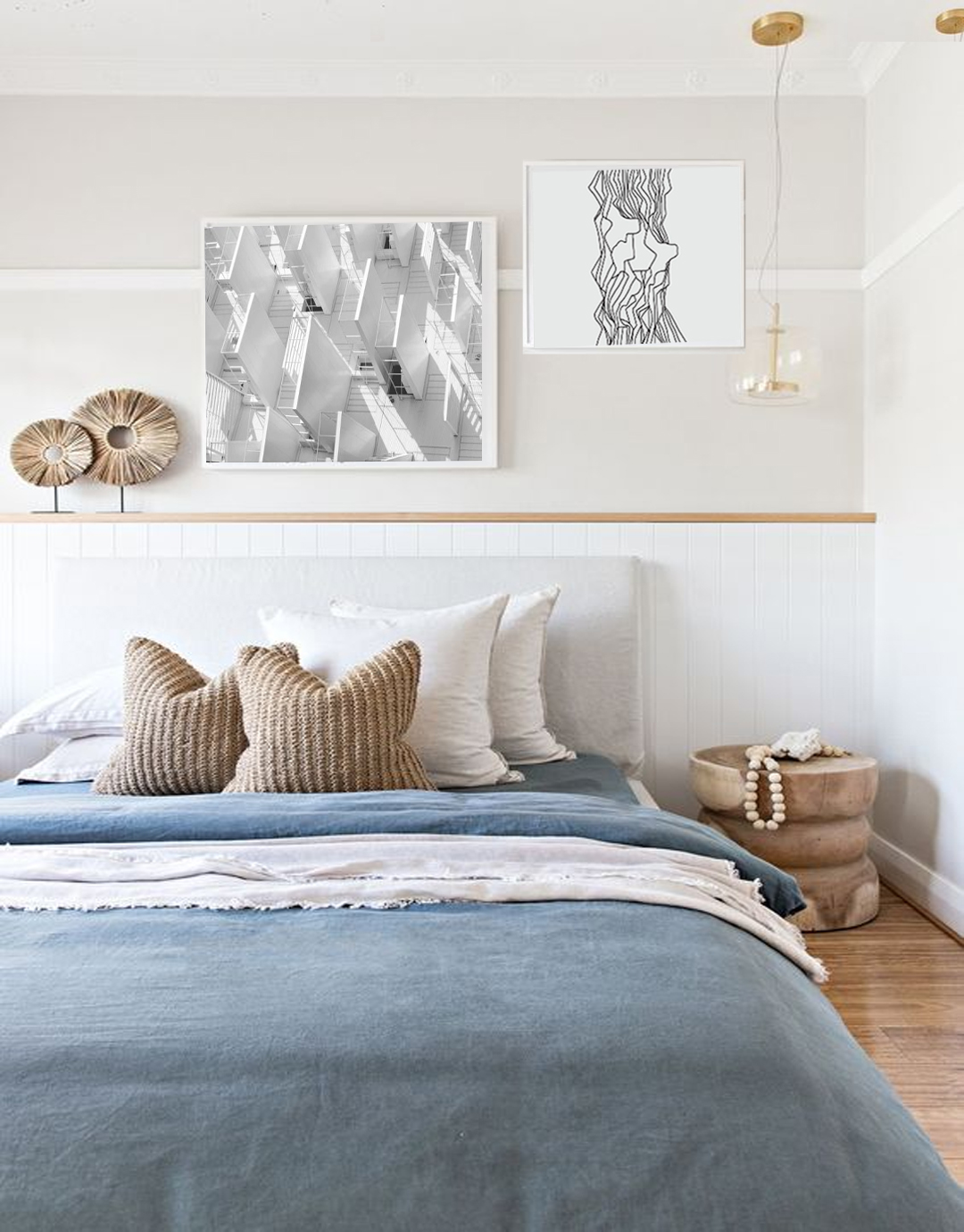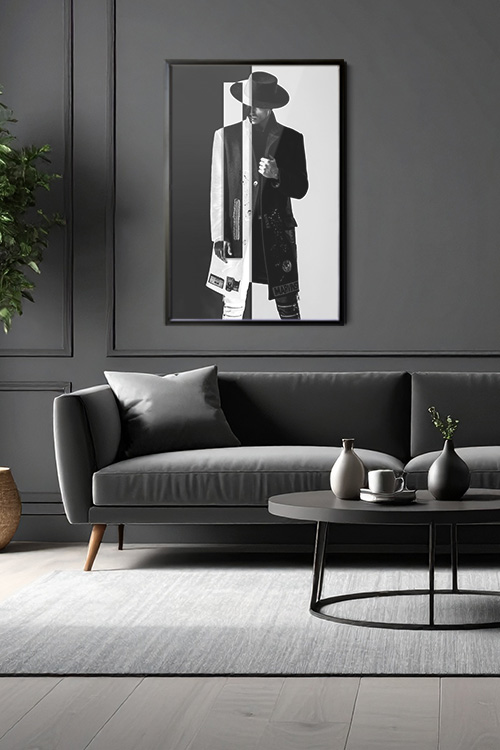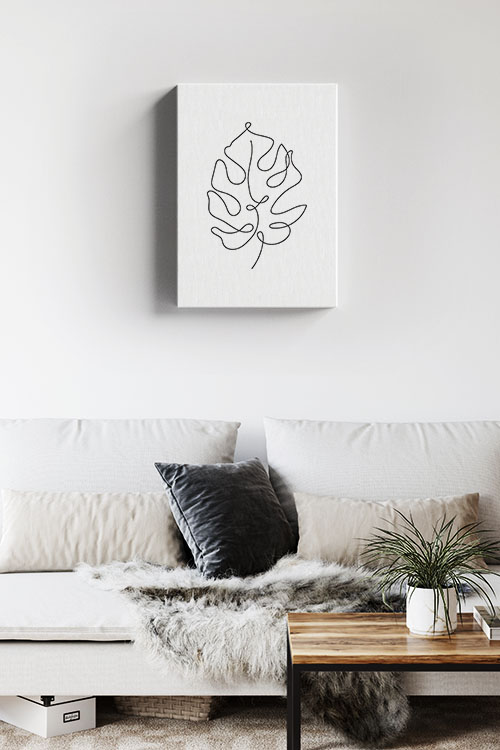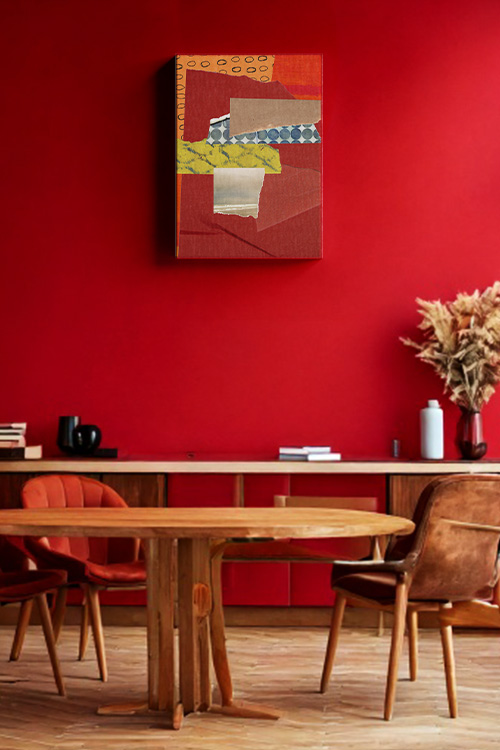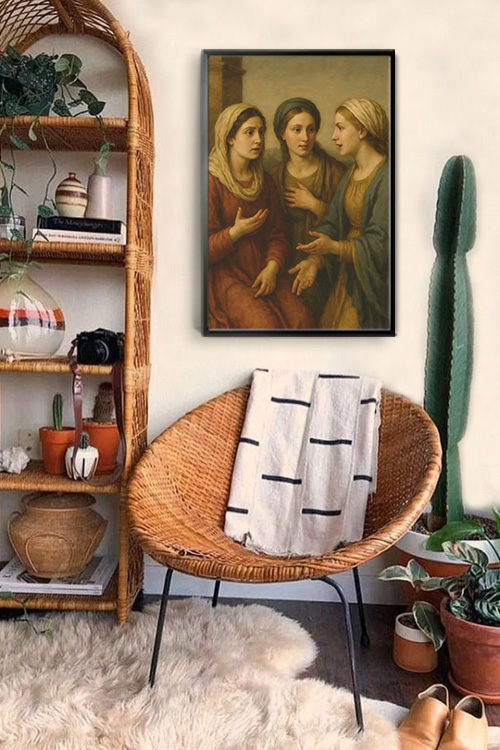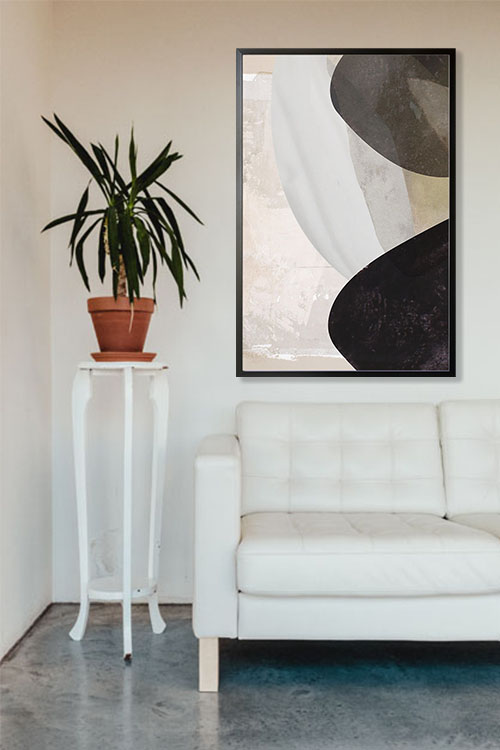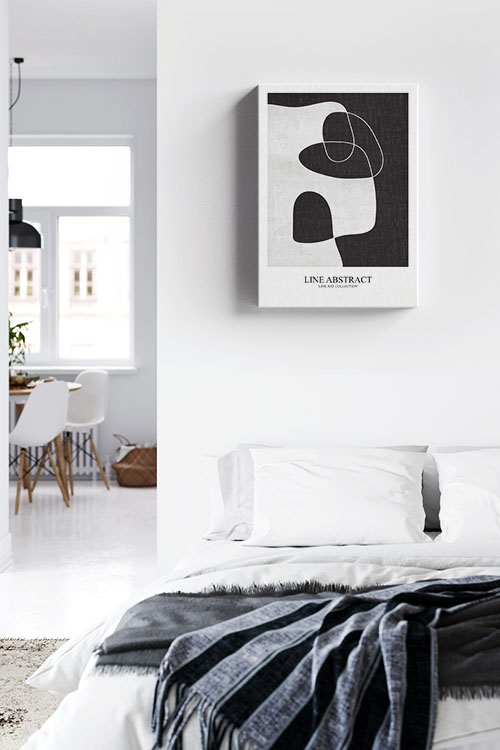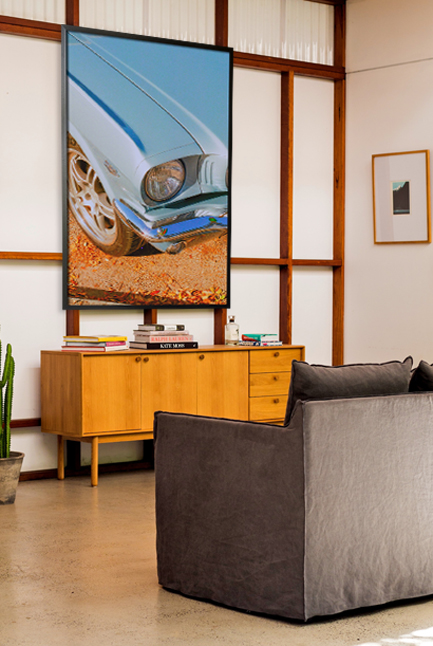
In an era dominated by mass production and fleeting trends, vintage furniture makeovers offer a refreshing embrace of sustainability, creativity, and nostalgia. These makeovers breathe new life into timeworn pieces, preserving their charm while adapting them for contemporary use. Whether you’re a seasoned DIY enthusiast or a curious beginner, transforming vintage furniture is a rewarding journey that combines artistry and practicality.
Why Choose Vintage?
Vintage furniture holds a timeless appeal that modern reproductions often lack. Each piece tells a story, showcasing craftsmanship that has withstood the test of time. From intricate carvings on a Victorian dresser to the clean lines of a mid-century modern chair, these items exude character. Choosing to restore rather than discard reduces waste, aligning with eco-conscious living. Moreover, repurposing vintage furniture can be a cost-effective way to create one-of-a-kind décor that suits your style.
Preparing for a Makeover
Proper preparation is not just a step; it’s a journey toward a successful furniture makeover. Assess the piece for damage, checking for loose joints, scratches, or missing components. If necessary, tools like wood glue, clamps, or wood filler can help restore structural integrity. This thorough preparation will leave you feeling prepared and confident for the next steps.
Next, clean the furniture thoroughly to remove dirt, grime, or old wax. A mild soap and water mixture works for most surfaces, but avoid soaking wood to prevent warping. Once clean, decide whether to strip old finishes or paint. Stripping allows you to reveal the original wood grain, while painting provides a canvas for creativity.
Creative Transformation
The transformation stage is where your imagination meets execution. Here, you have the freedom to choose from a variety of techniques for vintage furniture makeovers. This empowerment allows you to unleash your creativity and make your furniture truly unique.
- Painting: Chalk paint, milk paint, or acrylics can give furniture a fresh look. Choose bold colors for a statement piece or soft tones for a subtle upgrade. Distressing edges can add a shabby-chic charm.
- Staining: Staining is an excellent choice to highlight the natural wood grain. Opt for rich, warm tones to enhance the wood’s natural beauty.
- Decoupage: Add character with decorative paper, maps, or fabric applied to tabletops or drawer fronts. Seal the surface with a clear topcoat for durability.
- Upholstery: Replacing old fabric with modern or vintage-inspired patterns can instantly revitalize chairs and benches. For added comfort, use foam and batting.
- Hardware Swap: Replacing outdated knobs, pulls, or hinges with new or vintage-inspired hardware can make a dramatic difference.
Final Touches
Once the makeover is complete, it’s time to add the final touches. Protect your hard work by applying a sealant, such as polyurethane or wax, to preserve the finish and protect against wear. This final step will leave you feeling accomplished and satisfied, knowing that your vintage furniture has been given a new lease of life.
The Joy of Transformation
Vintage furniture makeovers are more than a creative endeavor—they’re an act of preservation. Restoring these pieces honors their history while making them relevant for modern living. Whether saving a family heirloom or rescuing a flea market find, the joy of turning something old into something extraordinary is truly unmatched. So grab your tools, unleash your creativity, and give vintage furniture the makeover it deserves!
